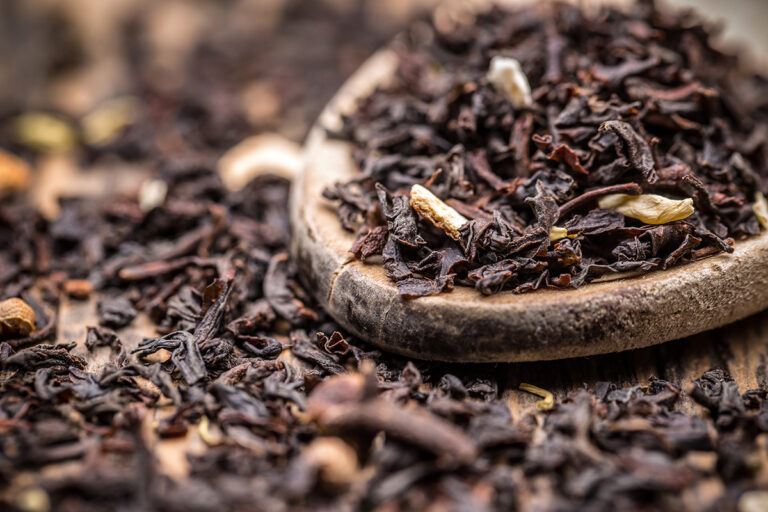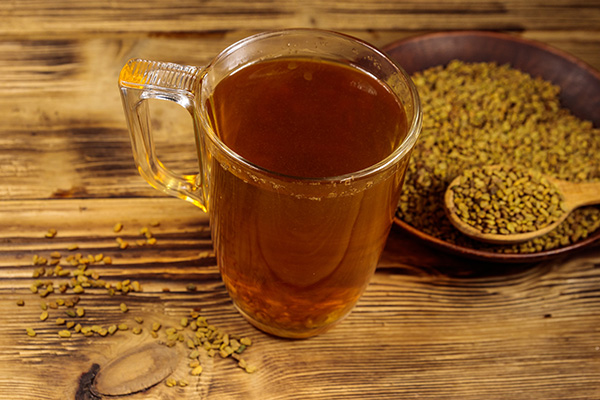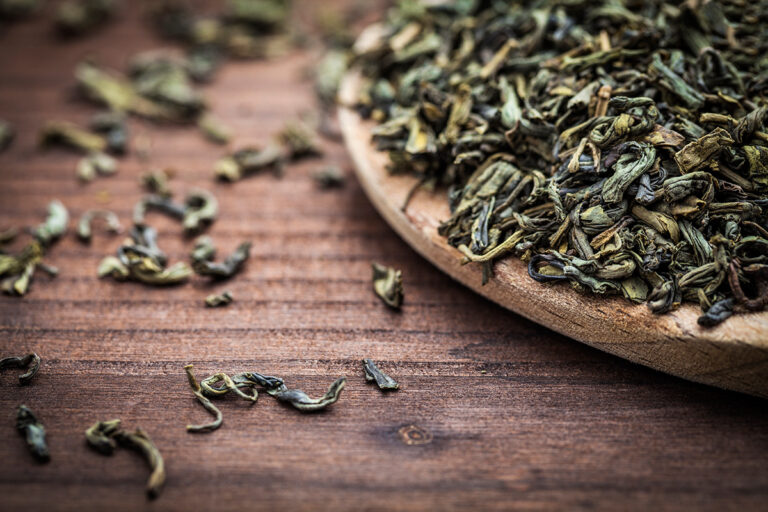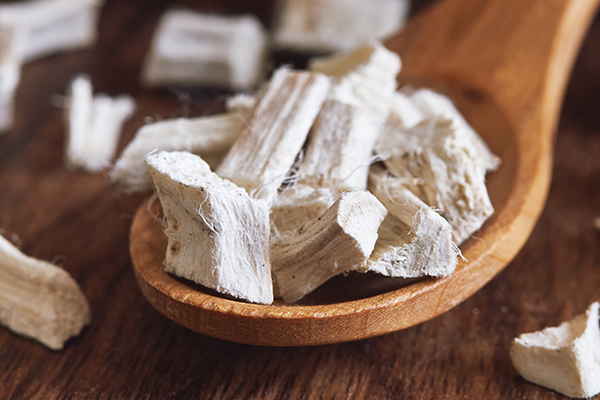What Does Valerian Root Tea Taste Like?
Valerian root tea has been used for centuries as a natural remedy for various ailments, most notably for its calming and sleep-inducing effects. But have you ever wondered what this popular herbal tea actually tastes like?
In this article, we’ll explore the flavor profile of valerian root tea, compare it to similar beverages, and offer tips on how to make it taste better. We’ll also touch on its aroma and provide instructions on how to make it yourself.

What Does Valerian Root Tea Taste Like?
Valerian root tea has an earthy, slightly bitter taste with a hint of sweetness. Some people describe the flavor as woody or musky, while others find it reminiscent of wet soil. The taste can be quite potent, especially when brewed for a long time. However, the intensity of the flavor may vary depending on the quality and freshness of the valerian root used.
What Is Valerian Root Tea Similar To?
While valerian root tea has a unique flavor profile, it shares some similarities with other herbal teas. Its earthy and slightly bitter taste can be compared to that of chamomile tea, while its sweetness is reminiscent of licorice root tea. Some people also find valerian root tea’s muskiness similar to the taste of hops, which are used in the production of beer.
How Do You Make Valerian Root Tea Taste Better?
Valerian root tea’s strong flavor might not be everyone’s cup of tea. If you find it too bitter or pungent, consider the following options to enhance its taste:
Add Sweeteners
Sweeteners like honey, maple syrup, or agave nectar can help counteract the bitterness and add a pleasant sweetness to your valerian root tea. Start with a small amount and adjust to your taste preference.
Mix with Other Herbal Teas
Combining valerian root tea with other herbal teas can create a more enjoyable flavor profile. For instance, blending it with chamomile or lavender tea can add a soothing floral note, while pairing it with mint tea offers a refreshing taste.
Include Spices
Spices such as cinnamon, ginger, or cardamom can add warmth and depth to the flavor of your valerian root tea. These spices also provide additional health benefits and can help make your tea more palatable.
Add Lemon or Orange Zest
Citrus zest can brighten the flavor of your tea, reducing its earthiness and adding a subtle tang. Simply grate some lemon or orange zest into your cup before pouring in the hot water.
What Does Valerian Root Tea Smell Like?
The aroma of valerian root tea is quite potent and distinct. It has a musky, earthy smell that some people find unpleasant. This strong aroma is due to the volatile oils present in valerian root, which are responsible for its therapeutic effects. While the scent may take some getting used to, it’s a small trade-off for the potential benefits this herbal tea offers.
How to Make Valerian Root Tea
Making valerian root tea is simple and requires only a few basic ingredients. Here’s a step-by-step guide:
- Gather your ingredients: dried valerian root, boiling water, and any optional flavor enhancers (such as sweeteners, other herbal teas, spices, or citrus zest).
- Measure out approximately 1 teaspoon of dried valerian root per cup of tea.
- Place the valerian root in a tea infuser, tea ball, or a reusable muslin tea bag.
- Pour boiling water over the valerian root, filling your cup.
- Allow the tea to steep for about 5-10 minutes. The longer the steeping time, the stronger the flavor and aroma. However, be cautious not to over-steep, as this may result in an overly bitter taste.
- If you’re using any flavor enhancers, add them during or after the steeping process. For example, mix in other herbal teas, spices, or citrus zest during steeping, and sweeteners after steeping.
- Remove the tea infuser, tea ball, or muslin bag, and give the tea a gentle stir to mix in any added ingredients.
- Enjoy your valerian root tea! For best results, sip it slowly and savor the unique flavors and calming effects.
Remember, when preparing valerian root tea or any other herbal tea, it’s always a good idea to follow the manufacturer’s guidelines stated on the packaging if you’re using a branded product bought online or at a local store.
Final Thoughts
Valerian root tea’s earthy, slightly bitter taste and potent aroma may not be for everyone, but its potential calming and sleep-inducing effects make it worth trying. By adding sweeteners, blending it with other herbal teas, incorporating spices, or including citrus zest, you can create a more enjoyable flavor profile that suits your taste preferences.
So, go ahead and give this ancient herbal remedy a try – you might just find a new favorite bedtime beverage!






